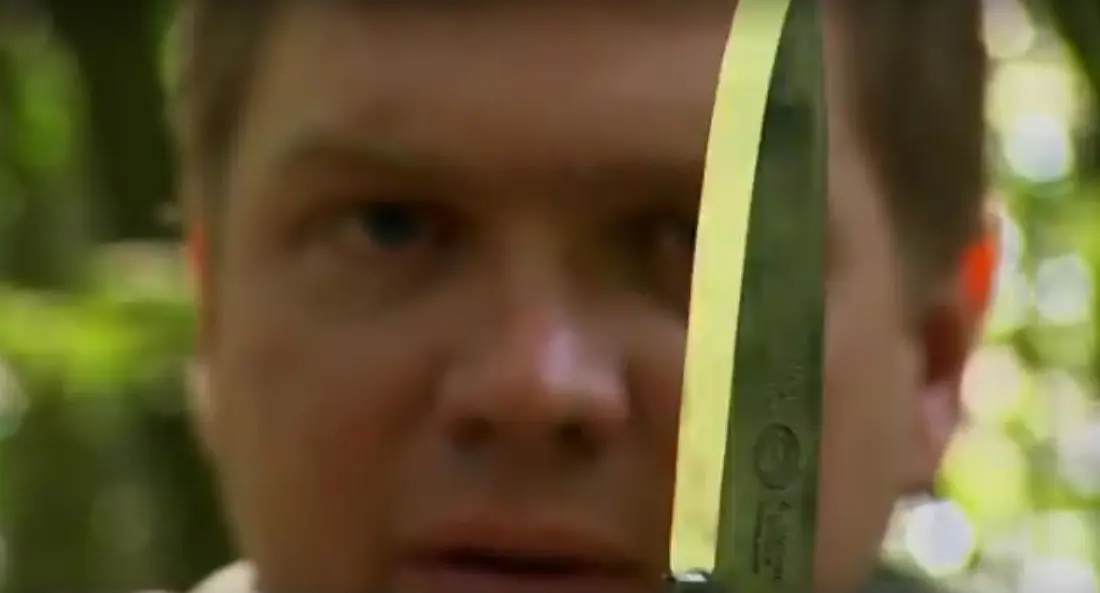How to Sharpen a Knife Properly With Wet Stones?

In this video Ray Mears is showing us how to sharpen your survival knife using wet "bench stones". This will make a good knife razor sharp, so watch your fingers!
We're using bench stones from from coarse (800 grit), to medium (1200) and fine. This isn't something you need to do very often, and it requires a bit of work, but it's essential to keep your knife in good condition. If you have a good knife, which is your most important survival tool after all, it's nice to keep it in perfect condition.
What's important here is to make sure the edge bevel rests flat on the stone surface, and to keep this position while pulling the edge along the stone. Take your time and do it right!
Here's a basic summary of how to work the coarse and medium sharpening stones:
I still recommend that you watch the video, so that you can see exactly how it's done -- but this quick summary will do as a quick reference.
- Soak the stones for about 10 minutes
- Do 8 strokes on the coarse stone on one side
- Do 8 strokes on the coarse stone on the other side
- Do 8 alternating strokes on the coarse stone (to make sure the edge is true to the center of the blade)
- Repeat these steps for the medium (1200) grit stone
- Make sure the edge is flat and even, with no light spots reflecting the light, move on to the finest stone
The last part (the harder part) requires some extra attention:
- This last step is done to polish the blade, and will make the knife stay sharper for longer. This step is done slightly different than the other ones, as you will have to make a slurry on the surg
- These fine stones are typically bundled with a smaller stone, a guru stone
- Rotate this stone on top of the fine bench stone to create the abrasive slurry, that will polish the blade
- Stroke the knife as you did for the coarse and medium bench stones
To finish off the sharpening, you can use the inside of your belt and strap the knife by gently dragging it along the leather surface. Much like you did with the stones. Wrap the belt around a tree or a pole to keep the surface even. This will take away any small piece of metal and unevenness in the edge.
Getting the gear
Personally I can highly recommend these:
They can obviously be used on any knife, from kitchen knife to multi tools.
If you still haven't grabbed a good survival knife, I highly recommend ESEE 6 -- which we gave away in our knife giveaway last year. The best price I've found so far is on Amazon (you can also read our review of ESEE 6 here).


